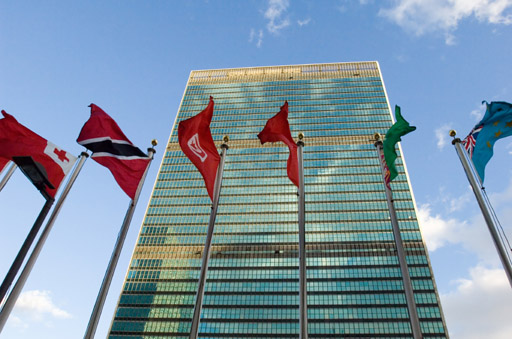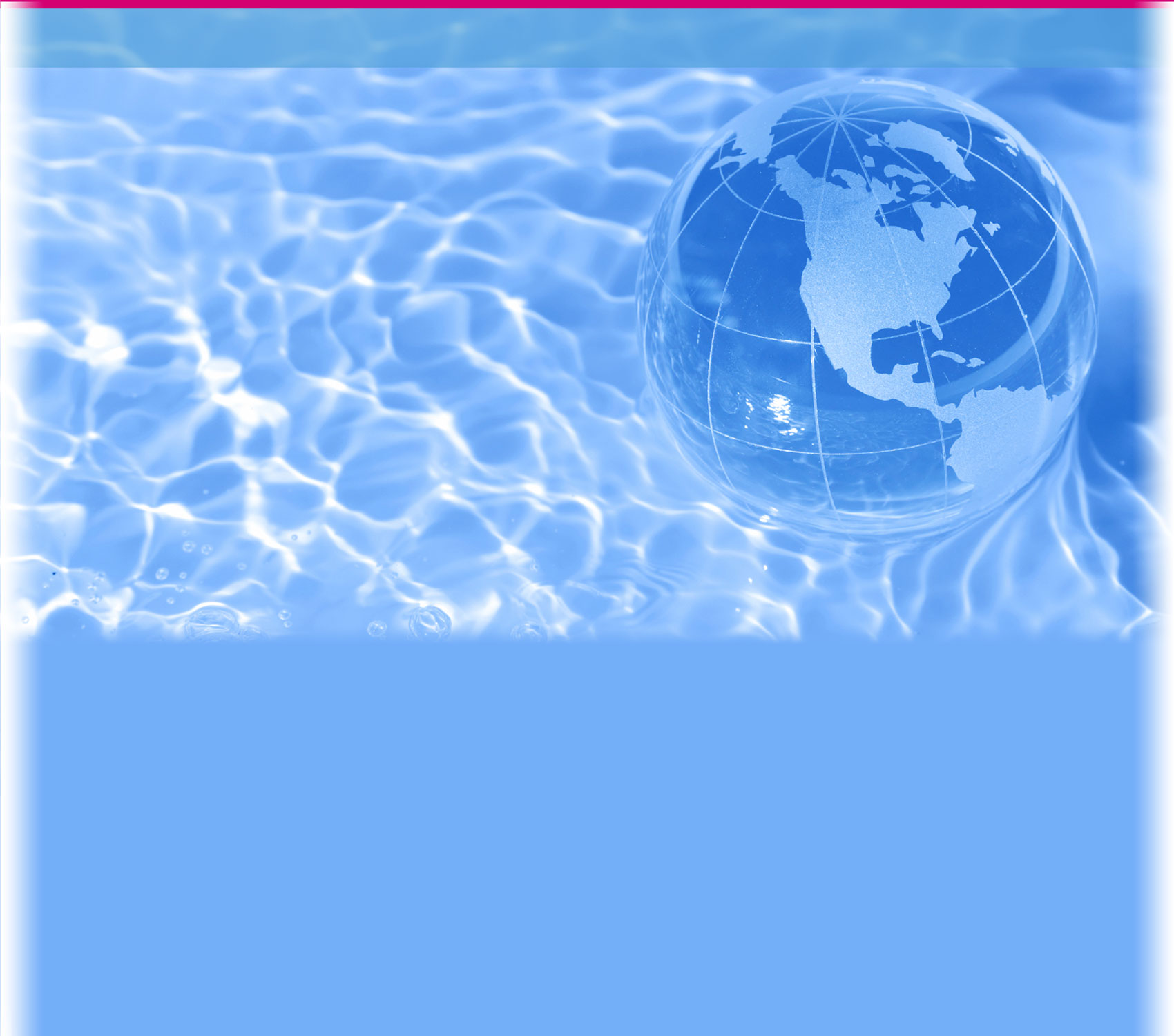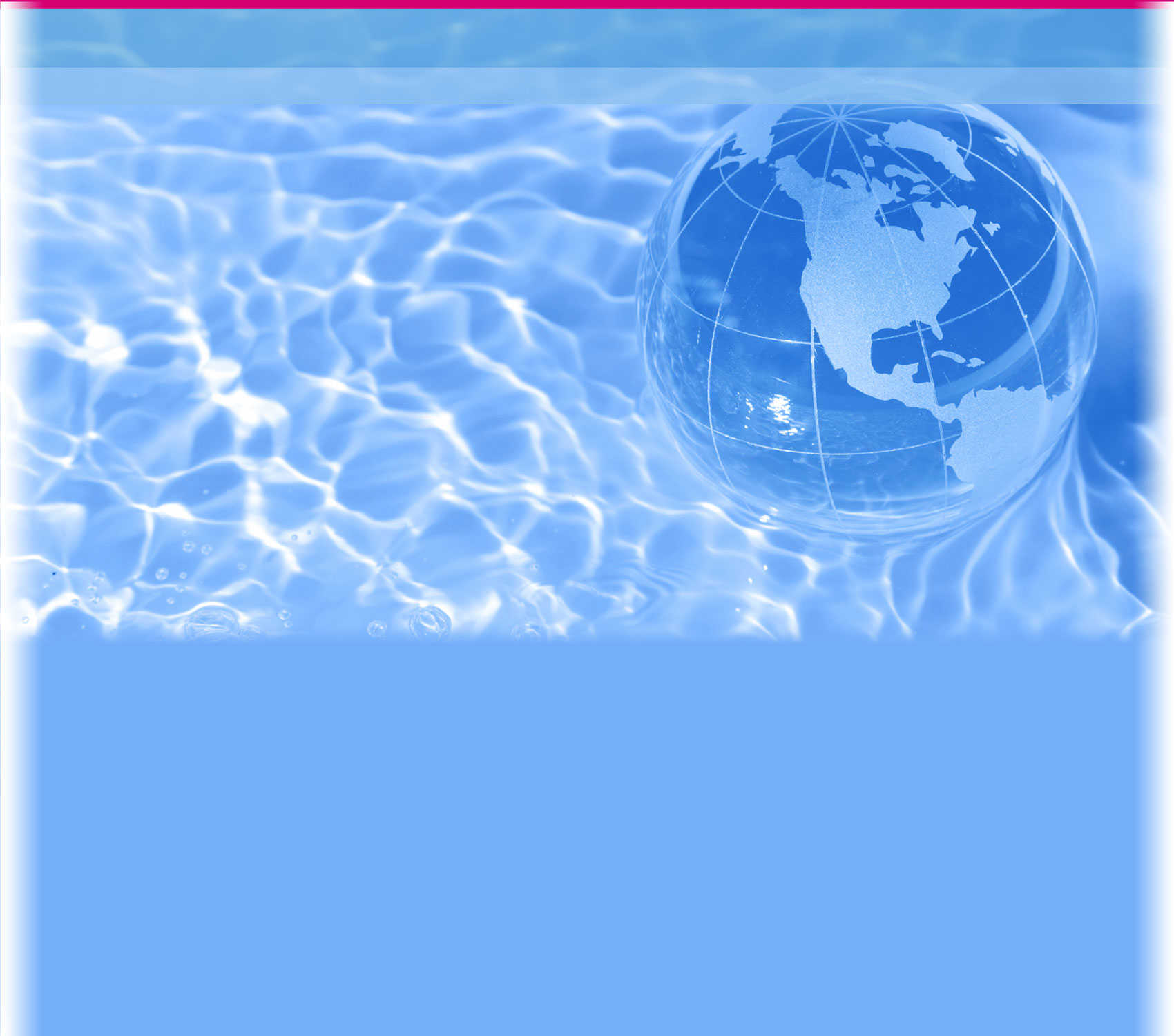Access to Clean Water: What Is the Problem?

The United Nations Headquarters is located in New York City.
In 2010, the United Nations General Assembly recognized the right of every person around the world to have access to clean water. Read the following description from the U.N.'s website:
The Assembly recognized the right of every human being to have access to sufficient water for personal and domestic uses (between 50 and 100 litres of water per person per day), which must be safe, acceptable and affordable (water costs should not exceed 3 per cent of household income), and physically accessible (the water source has to be within 1,000 metres of the home and collection time should not exceed 30 minutes).
It will take a lot of work to ensure that everyone has access to water that meets these guidelines.
 Jay-Z Diary in Africa: Water for Life
Jay-Z Diary in Africa: Water for Life
Hip hop artist and former President and CEO of Def Jam Records Shawn "Jay-Z" Carter joined United Nations officials on a visit to an African community that needs better access to clean water. He documented his trip in the Jay-Z Diary in Africa: Water for Life video.
Watch the Jay-Z Diary in Africa: Water for Life video.
> Text version of Jay-Z Diary in Africa: Water for Life
Click the link below for access to additional clips from the Water for Life video.
> Water for Life
![]()
(from Internet Archive, Community Video)


